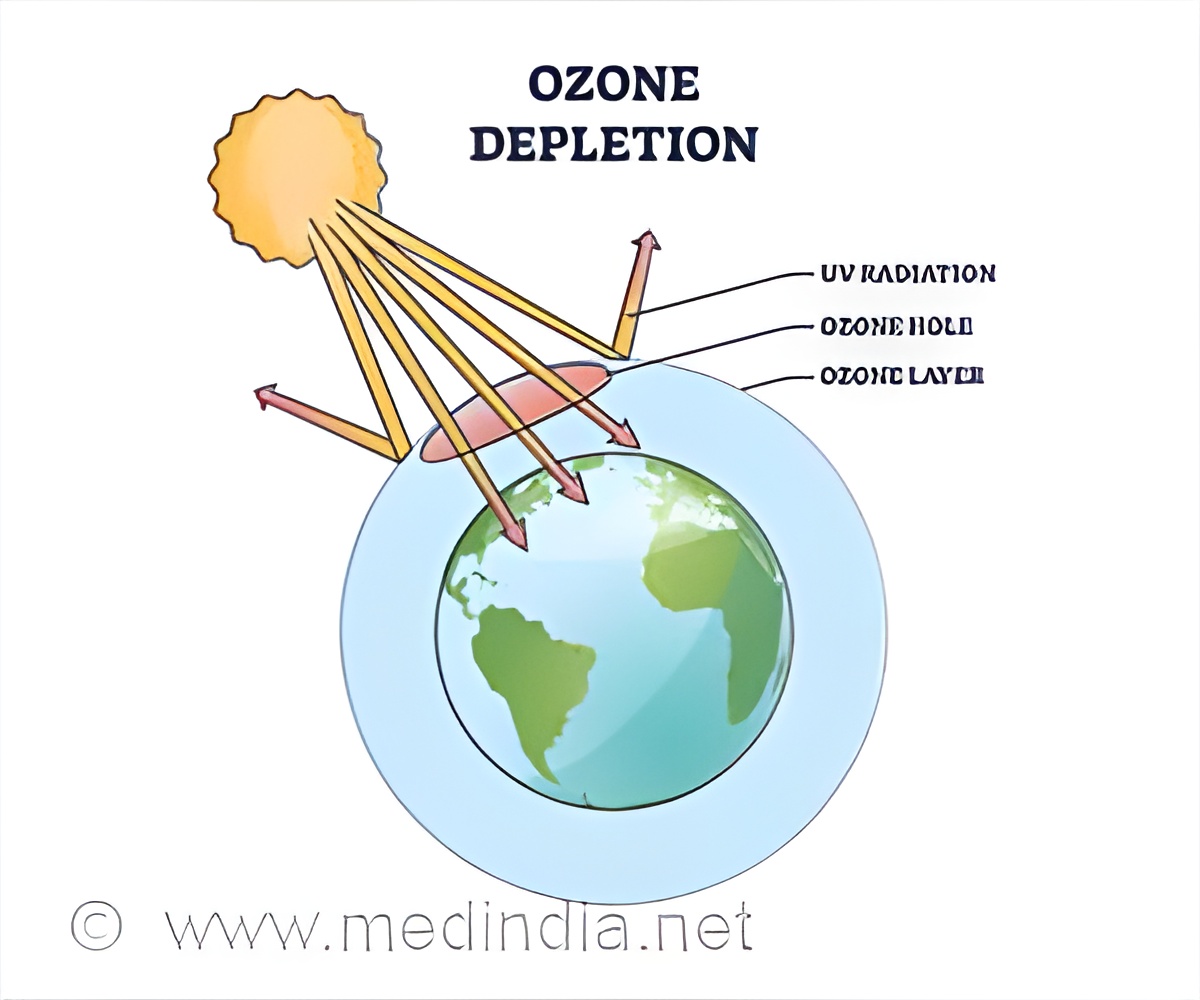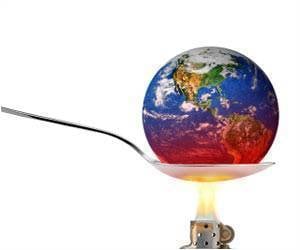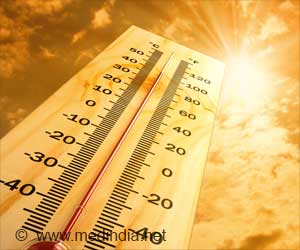Alkene ozonolysis: A crucial process in ozone formation, impacting atmospheric chemistry and health.

Wintertime ozone surges: The critical role of alkene ozonolysis
Go to source).
Alkene Ozonolysis Key to Ozone Formation
Using an advanced photochemical box model, the study identified alkene ozonolysis as the dominant driver of O₃ formation, rather than the traditional radical sources initiated by photolysis. This chemical reaction occurs without sunlight and produces Criegee intermediates that rapidly generate reactive radicals (OH, HO₂, and RO₂), which then accelerate O₃ production. Ultimately, alkenes contributed to nearly 90% of the O₃ during the episodes.‘Wait, #ozonepollution in winter? You might think it's a summer problem, but ozone can still form in colder months. #environmentalhealth’





The research highlights key alkene species—trans/cis-2-butene and propene—as major contributors to this unusual pollution. Importantly, the study proposes actionable mitigation strategies: reducing alkene levels by 28.6% or nitrogen oxides by 27.7% during early afternoon hours could significantly reduce O₃ levels. “This study updates how we understand O₃ pollution, proving that intense O₃ formation can occur in cold, low-light conditions,” said the authors Jin Yang and Yangzong Zeren. “Our findings complement conventional views and call for targeted action in industrial regions.”
Reference:
- Wintertime ozone surges: The critical role of alkene ozonolysis - (https://www.sciencedirect.com/science/article/pii/S2666498424000917?via%3Dihub)
Source-Eurekalert











